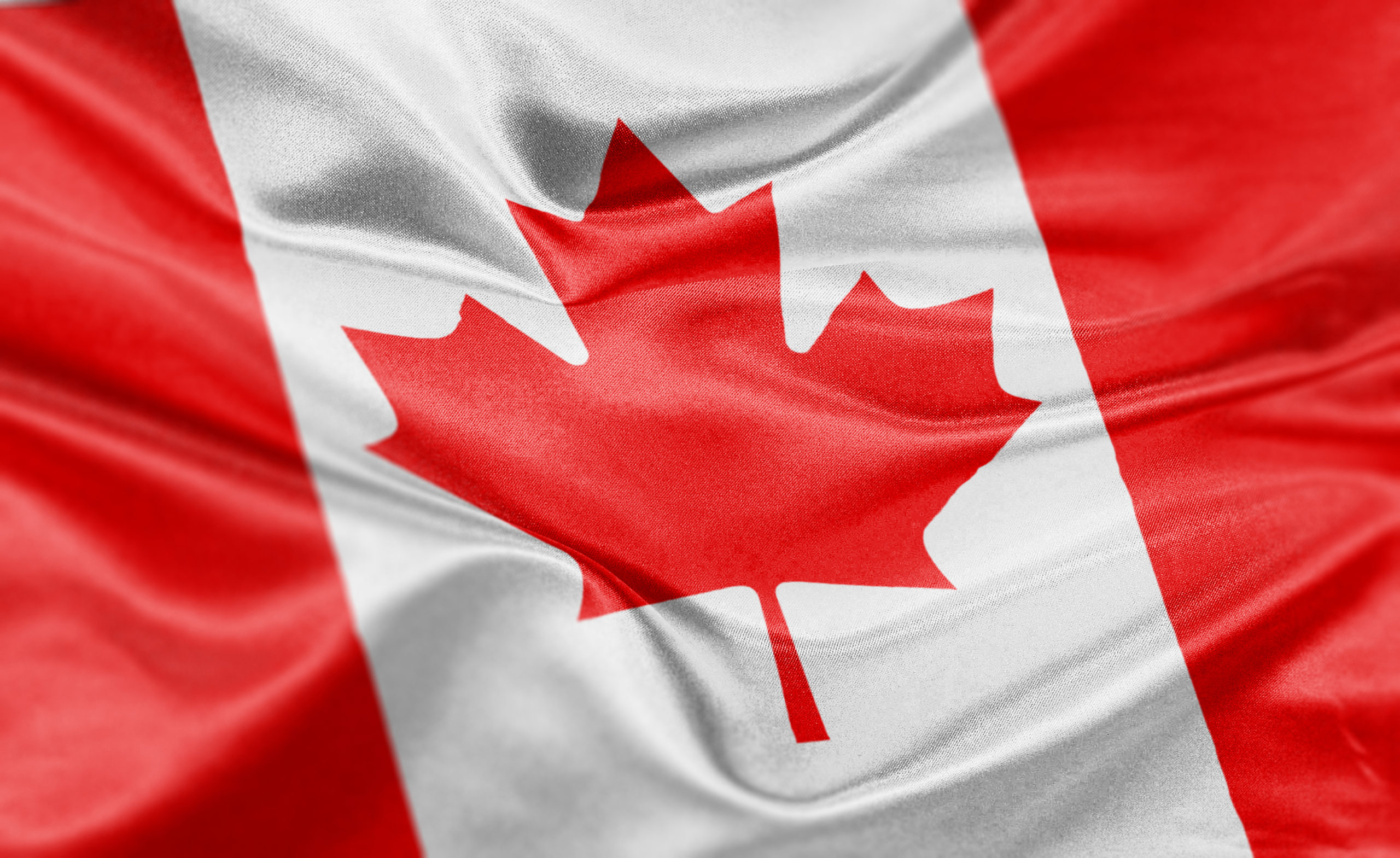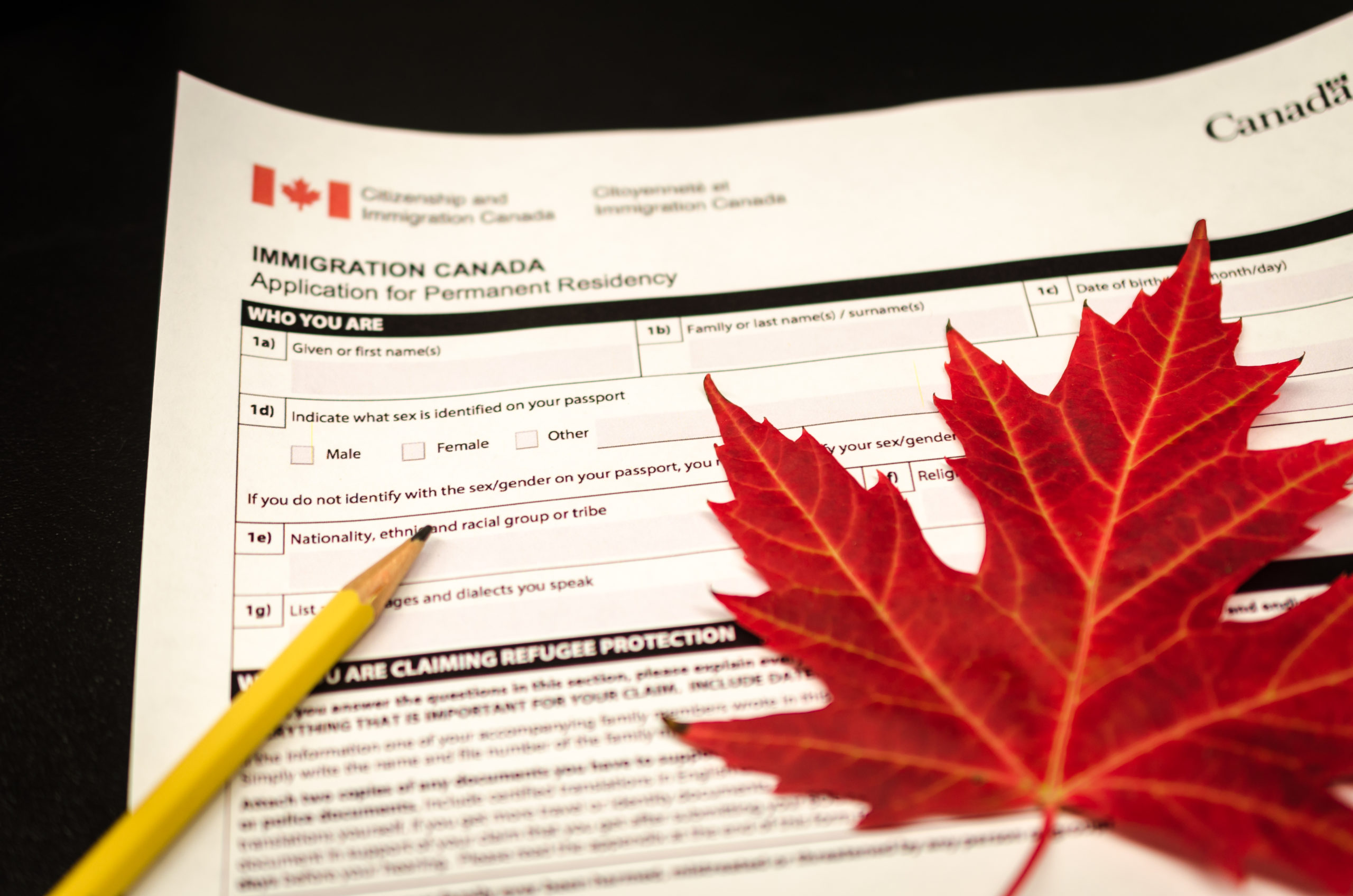
As the year draws to a close, pressure is on IRCC to get in as many new immigrants as they can, as they draw closer to a target of 400,000 new immigrants by the end of 2021.
The latest Express Entry draw saw invitations being sent out to 5000 candidates with a minimum CRS (comprehensive ranking score) of 472. This was an all stream draw, meaning candidates of all the three economic immigration streams i.e. Federal Skilled Workers, Federal Skilled Trades and Canadian Experience Class were selected. The tie break had been set to October 27th, 06:11:18 UTC, which means that invited candidates with the CRS score of 472, should have submitted their profiles before this date and time.
Express Entry system is the premiere immigration management system for Immigration, Refugees and Citizenship Canada. It is also the quickest way to get permanent residence for Canada. All candidates entering the Express Entry pool are ranked on selection factors like, age, education, work experience, language ability, close relatives in Canada and job offer.
Due to COVID 19 and country specific closures, this year there were a few only Canadian Experience class draws as well, with candidates being selected at low scores ranging in the 440’s. The last Federal Skilled Trades only draw held on August 6 saw a CRS dip at 415.
Canada is increasingly being seen as a sought-after destination for settlement, with more and more people applying for permanent residence each year.
















